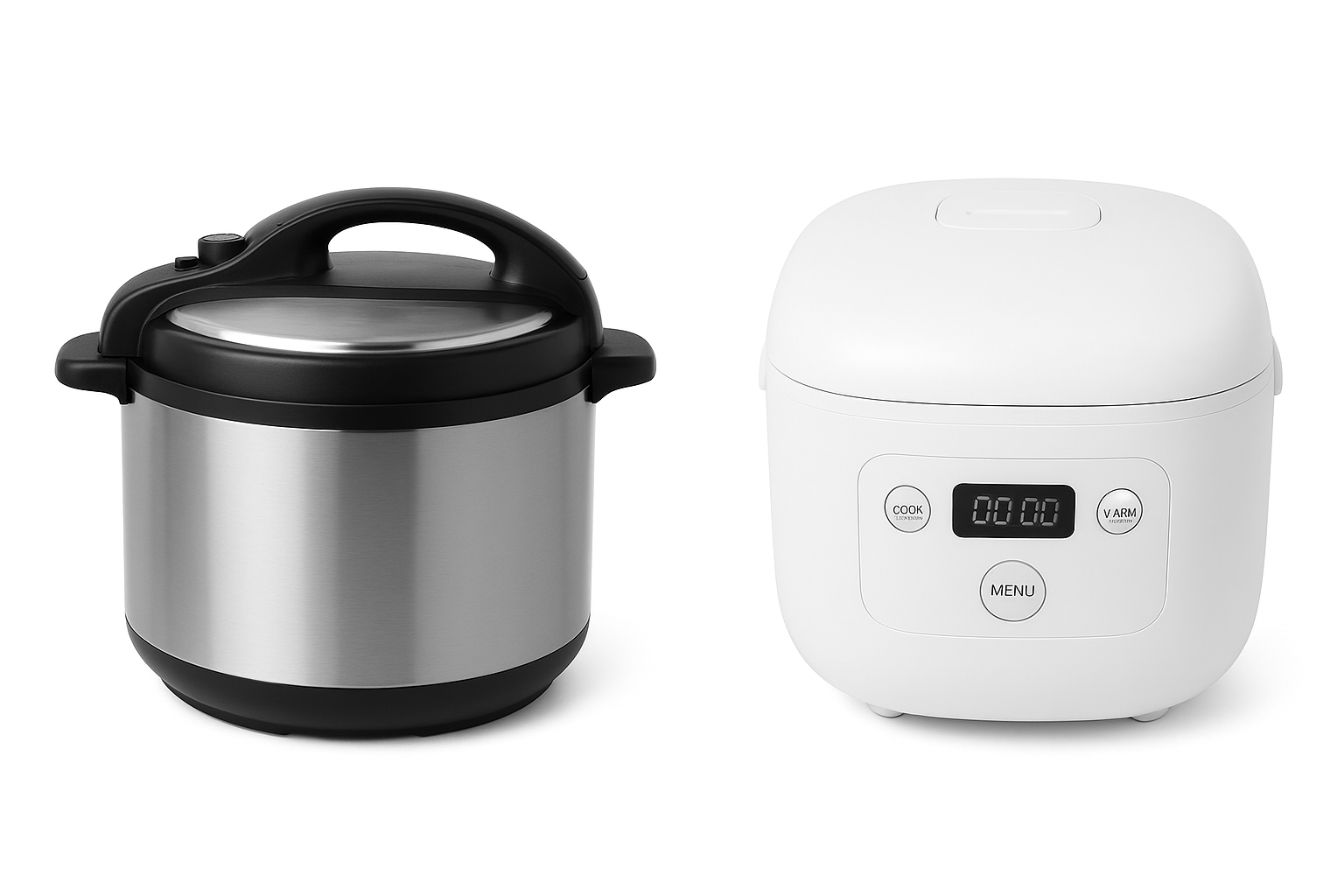1. The ‘Gelatinization’ Process that Determines Rice Taste
When water is added to rice and heated, the starch within the grains absorbs water, swells, softens, and becomes viscous. This process is called ‘gelatinization.’ The better the gelatinization, the chewier and more delicious the rice becomes, and the easier it is for digestive enzymes to act upon it.
2. The Principle and Effect of a Pressure Cooker
– High Temperature, High Pressure: A pressure cooker increases the internal pressure, raising the boiling point of water above 100°C (up to 120°C or 248°F).
– Powerful Gelatinization: Because it cooks the rice at a much higher temperature and pressure than a regular electric rice cooker, the gelatinization of starch occurs very rapidly and strongly. The structure of the rice grains is broken down more, transforming them into a much softer and more easily digestible state.
3. Effect on Blood Sugar
For the same type of rice, rice cooked in a pressure cooker has a faster digestion and absorption speed than rice cooked in a regular electric cooker. This means that blood sugar rises faster and higher. It requires particular caution for people with diabetes to eat glutinous rice or white rice cooked in a pressure cooker, as it can cause a sharp spike in blood sugar. Conversely, for blood sugar management, it might be slightly more advantageous to cook the same mixed-grain rice to a firmer texture in a regular electric cooker.
Summary: Rice cooked in a pressure cooker undergoes better gelatinization due to high pressure and temperature, making it digest and absorb faster, which can raise blood sugar more quickly than rice cooked in a regular electric cooker.


Leave a Reply